Oct 29, 2025
Magnetic sensor plays a crucial role in pneumatic industrial automation mainly because they provide real-time and reliable status and position feedback. This is the key to achieving automatic closed-loop control for pneumatic device or equipment, and it forms the core foundation for efficient, safe, and precise system operation.
Cylinder piston position detection and stroke feedback:During the operation of a pneumatic system, it is essential to confirm whether the piston rod has reached the target position or completed its movement. This is achieved by using limit or switch sensors to send feedback signals to the PLC or control system.
Automatic closed-loop control:The control system issues the next command based on the feedback provided by the sensors.
Safety protection:By turning the invisible valve and actuator positions into detectable states, Magnetic sensor reduces the risk of human error and enhances both equipment and personnel safety.
System efficiency and reliability:In automated production, sensors monitor motion in real time, minimizing manual intervention. Industrial sensors feature resistance to vibration, dust, water, and extreme temperatures, ensuring system stability.
Non-contact detection:These sensors are ideal for high-speed or precision equipment since they do not cause friction, wear, or mechanical interference with the measured object.
They must operate stably under long-term continuous operation in pneumatic systems, ensuring consistent motion detection or signal transmission. A suitable sensor mounting bracket can effectively improve mechanical stability and signal reliability.They can also withstand mechanical vibration, shock, and temperature variations.
Automated production demands strict control of position, speed, angle, or force. High precision Hall or magnetoresistive sensors provide accurate magnetic field detection, outputting both digital switch signals and continuous voltage signals according to the threshold set by external comparison circuits or controllers.
In automation equipment with frequent motion, the sensor must quickly detect changes and output signals. This is especially important for high-speed cylinders, assembly lines, and robotic applications.
Industrial environments contain electromagnetic interference, pneumatic shock, dust, and moisture. Industrial automation sensors usually have shielding design, waterproof and dustproof properties, and electromagnetic interference resistance.
They support digital or analog outputs, making it easy to connect with PLC, DCS, or other control systems to form closed-loop control circuits. Their standardized size and mounting structure allow convenient replacement or installation in various equipment.
Non-contact type sensors (such as Hall and magnetoresistive types) offer long service life and reduce downtime for maintenance. They can withstand mechanical wear and chemical corrosion in industrial environments.
Sensors can detect multiple parameters such as position, speed, angle, and pressure. They can output analog or digital signals for closed-loop control and intelligent data analysis.
You May Interest In
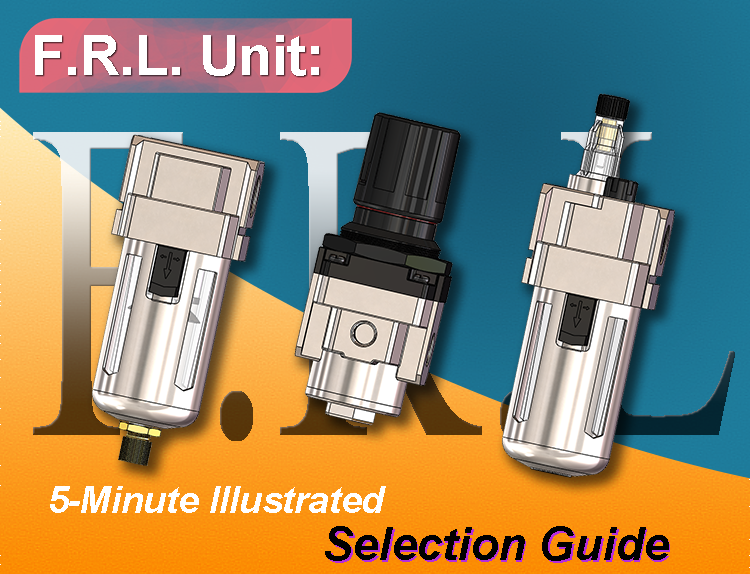
Dec 05, 2025 Blog
FRL: A 5-Minute Illustrated Selection Guide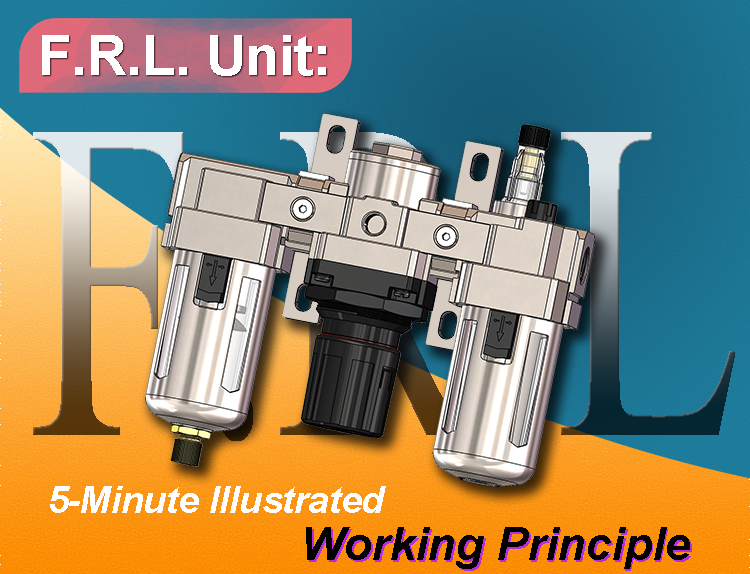
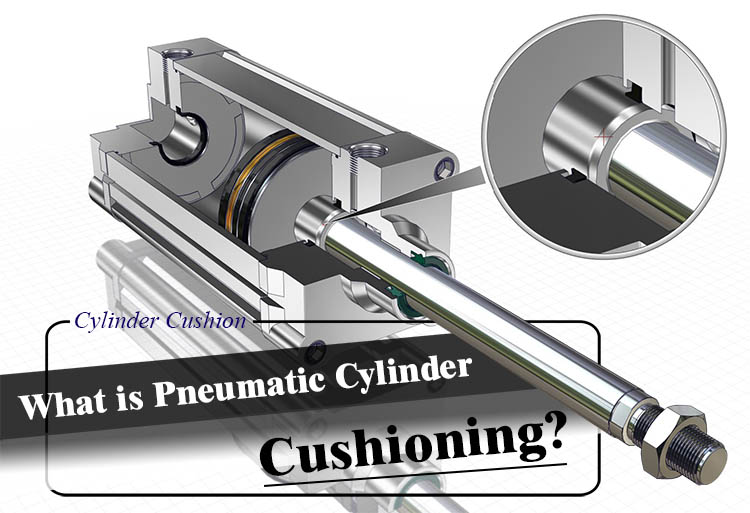
Nov 10, 2025 Blog
What is Pneumatic Cylinder Cushioning?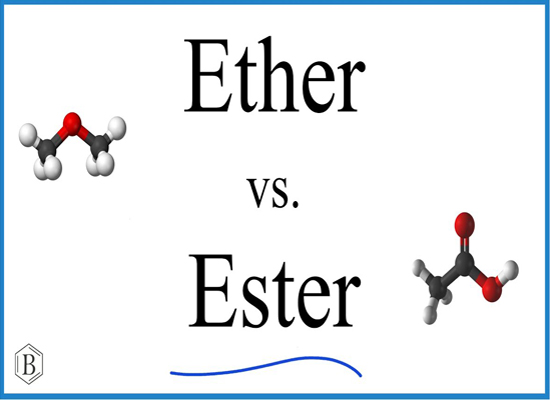
Nov 04, 2025 Blog
How to remember ester vs ether quickly?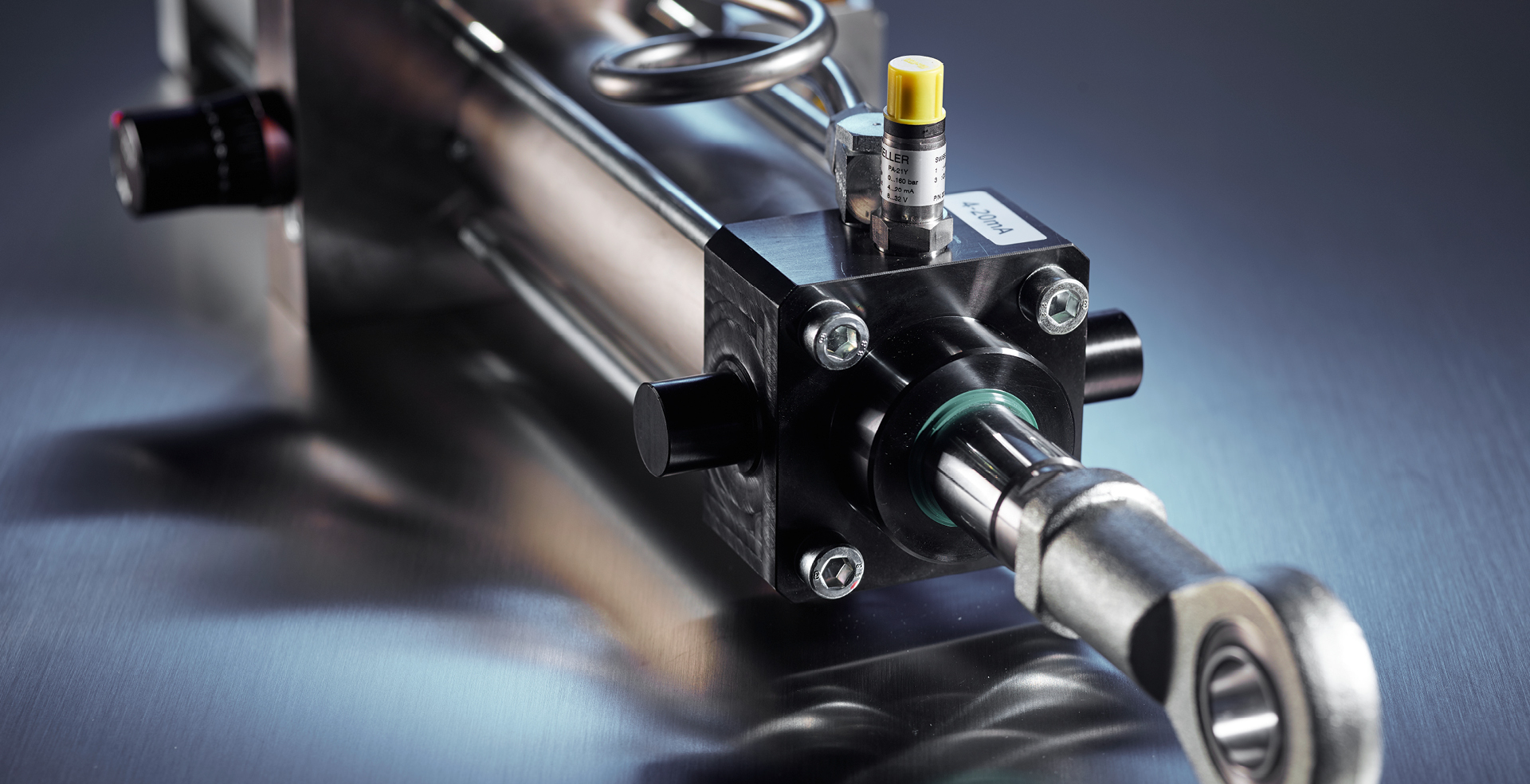
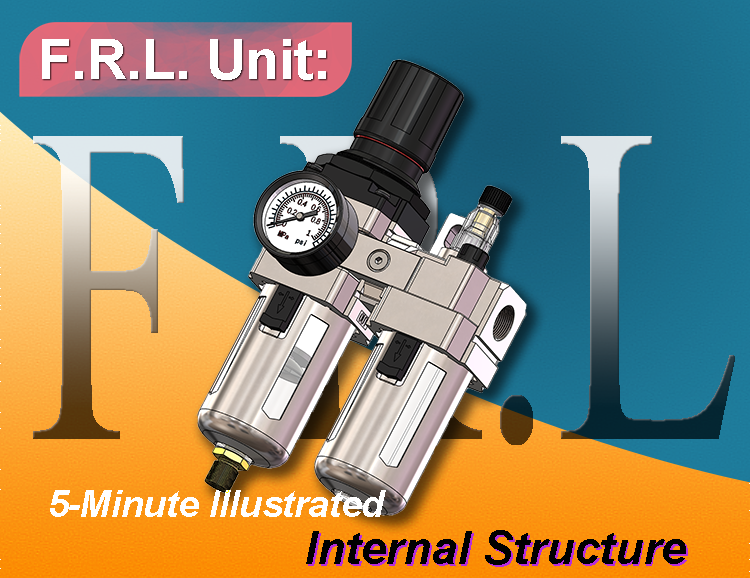

Oct 24, 2025 Blog
8 common reasons for pressure gauge might failure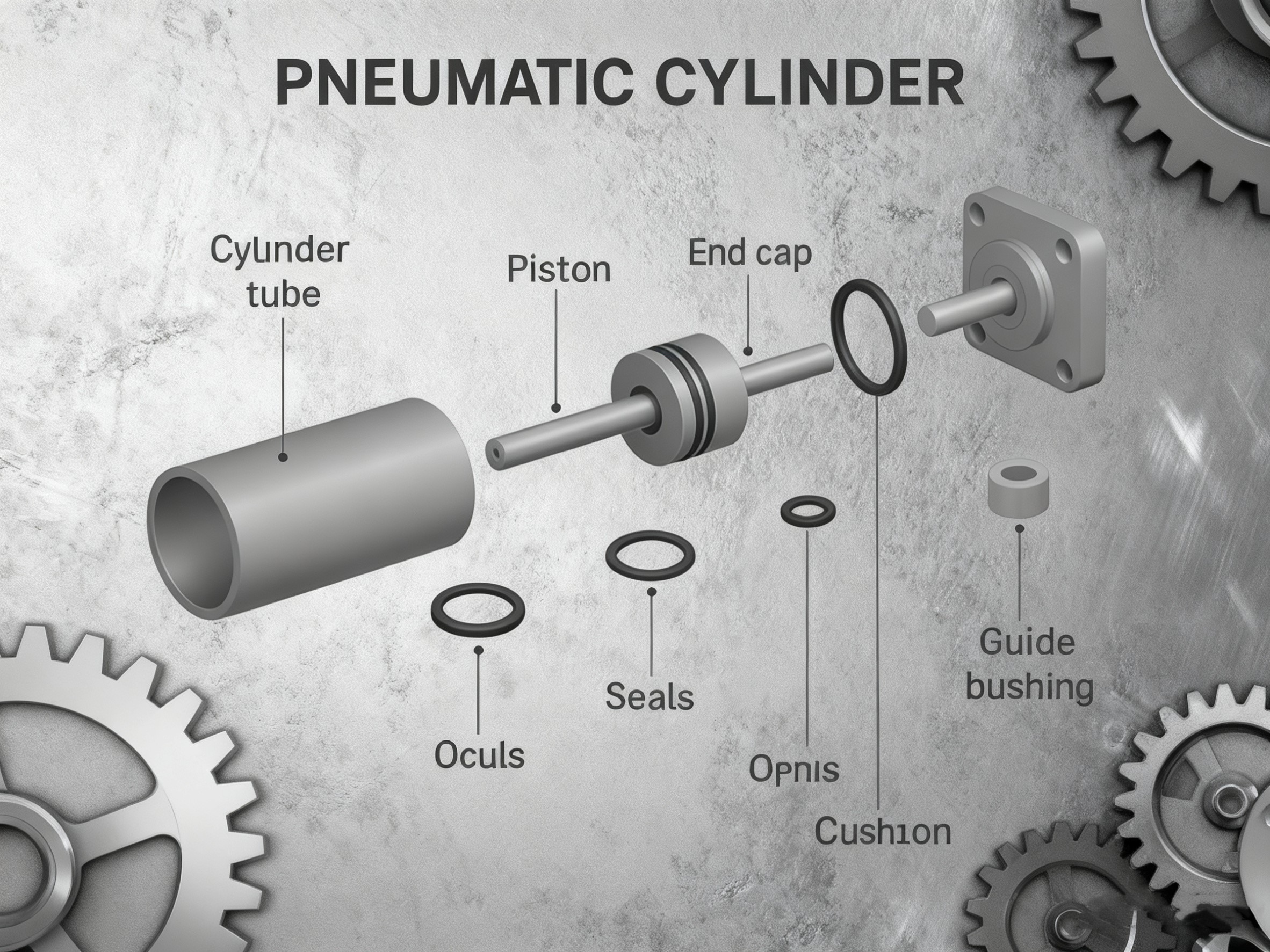
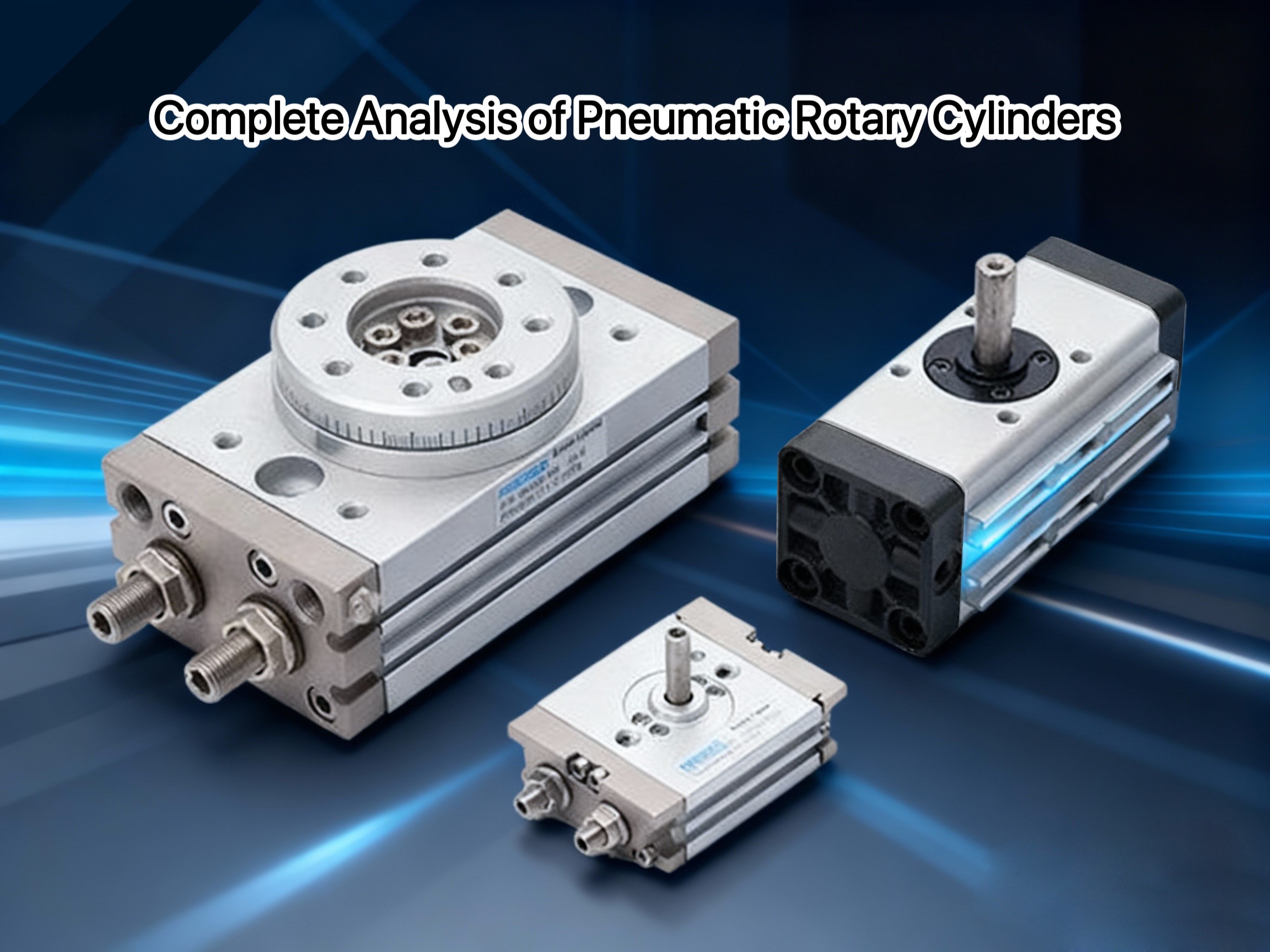
Aug 01, 2025 Blog
Complete Analysis of Pneumatic Rotary Cylinders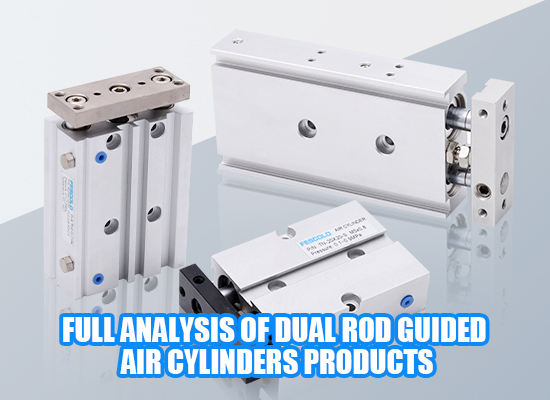
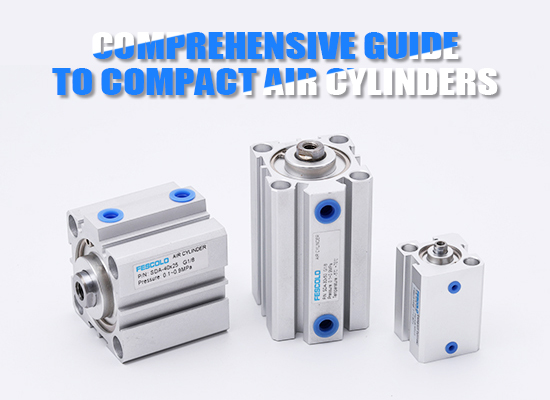
Jul 30, 2025 Blog
Comprehensive Guide to Compact Air Cylinders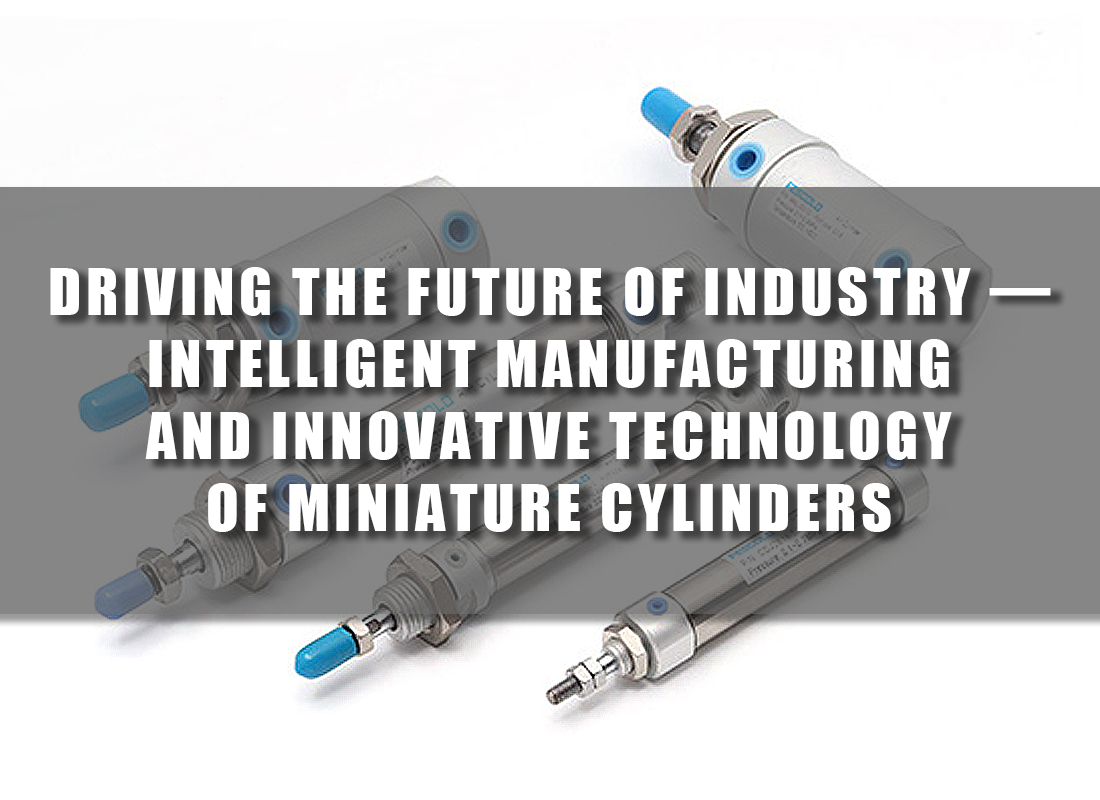
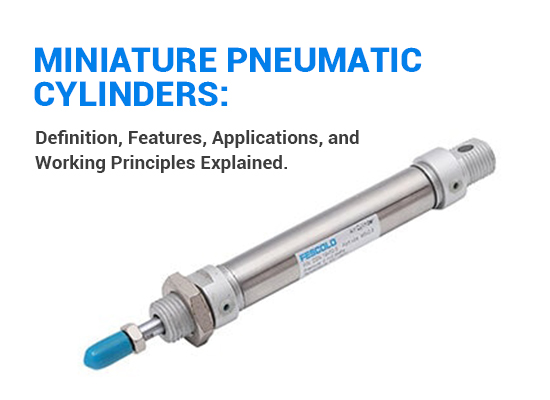
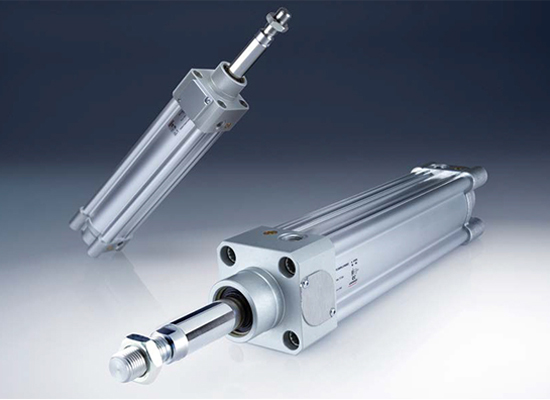
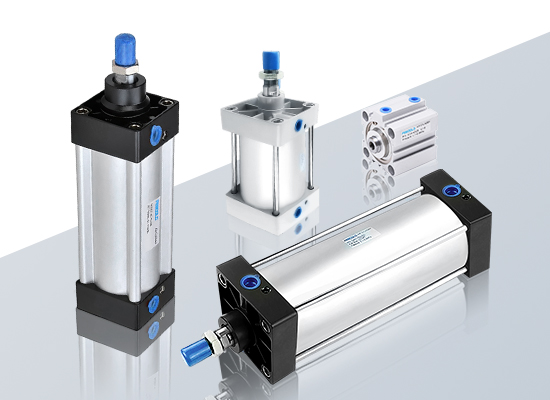
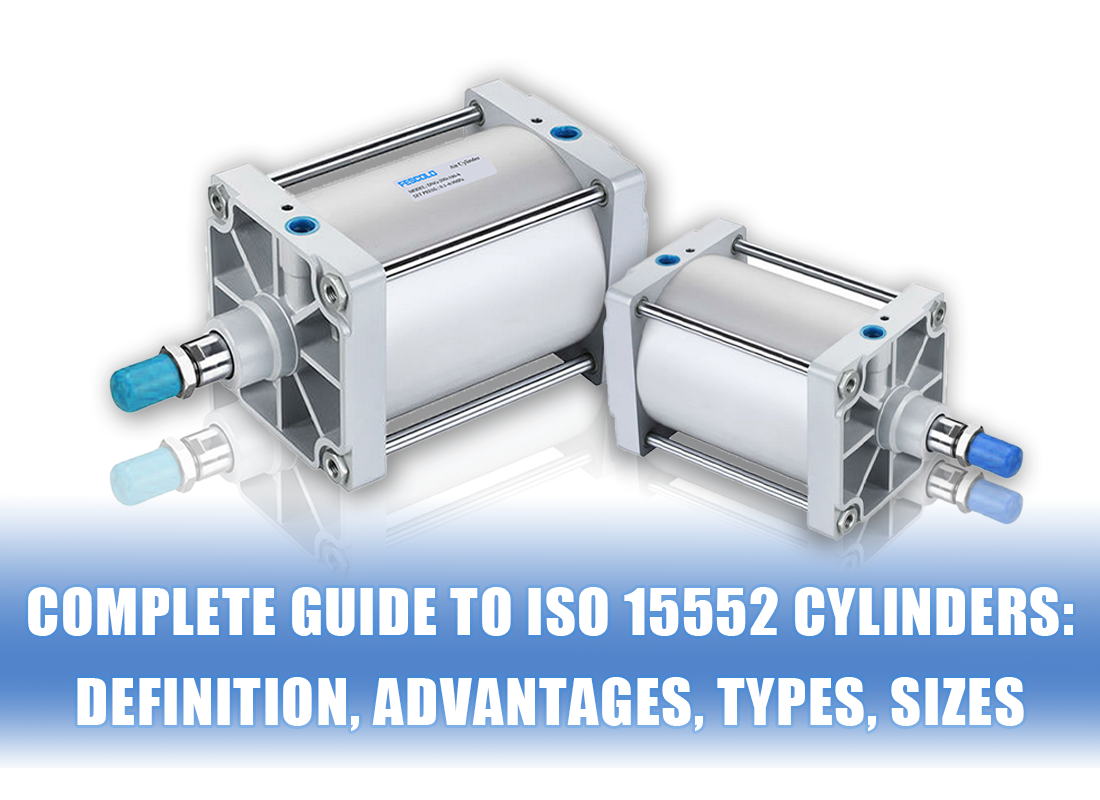
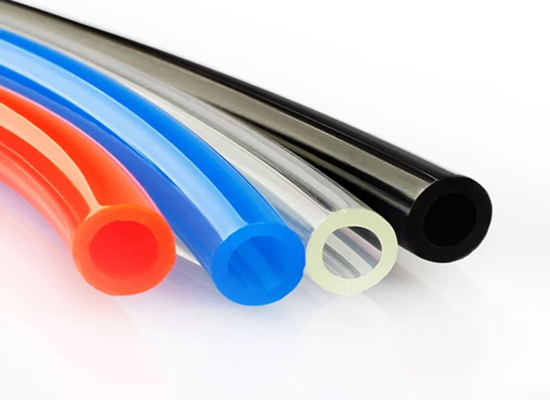
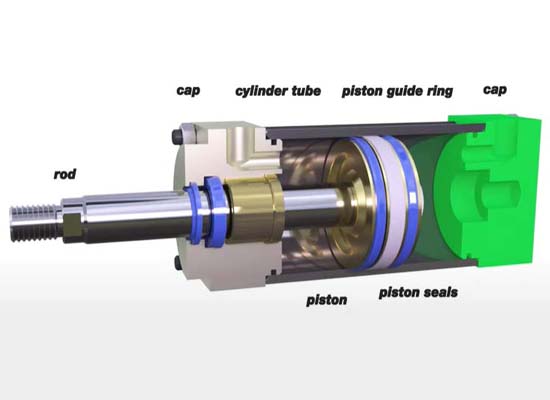
Apr 23, 2025 Blog
Exploring the Critical Parts of a Pneumatic Cylinder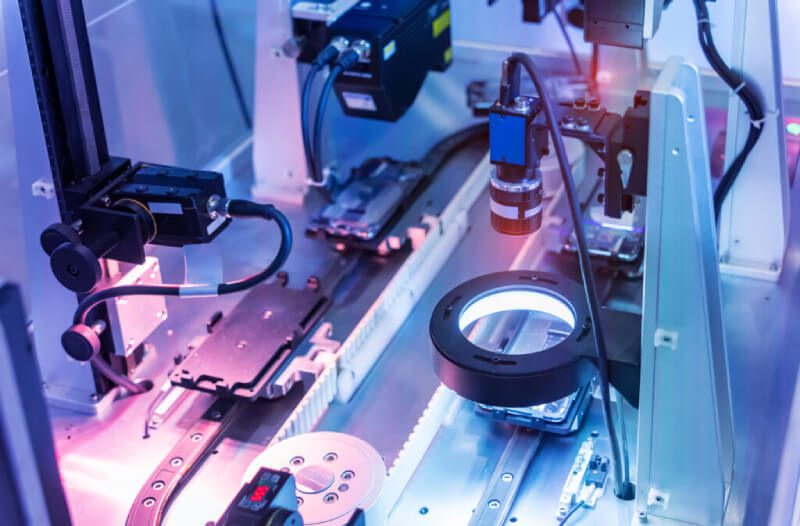
Apr 23, 2025 Blog
anti-rotation cylinder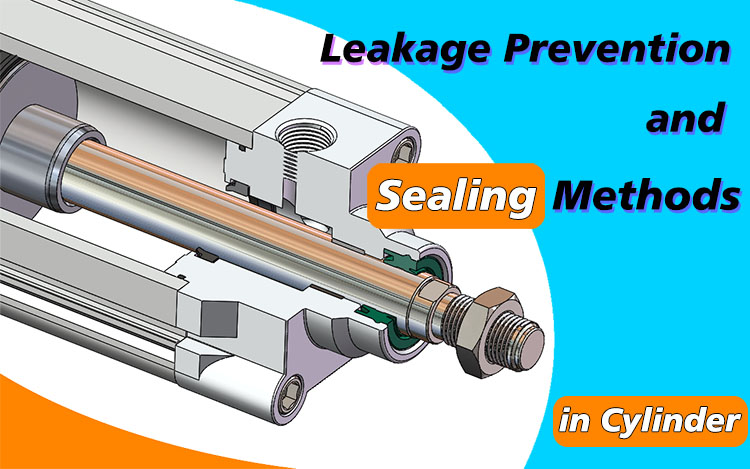
Mar 28, 2025 Blog
Leakage Prevention and Sealing Methods in Cylinder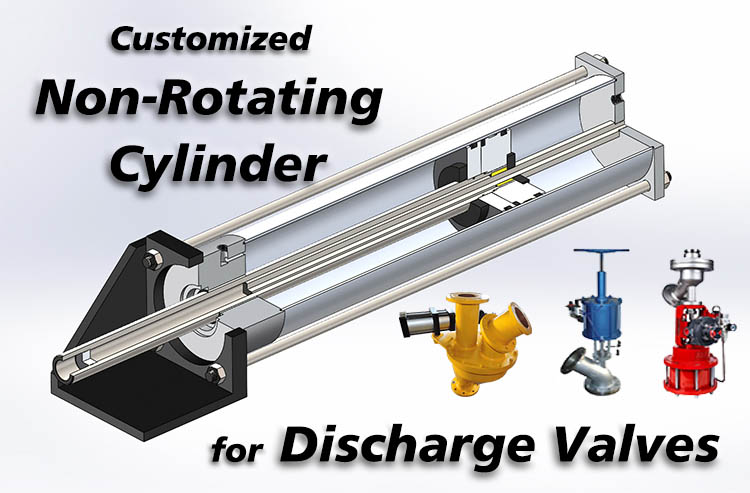
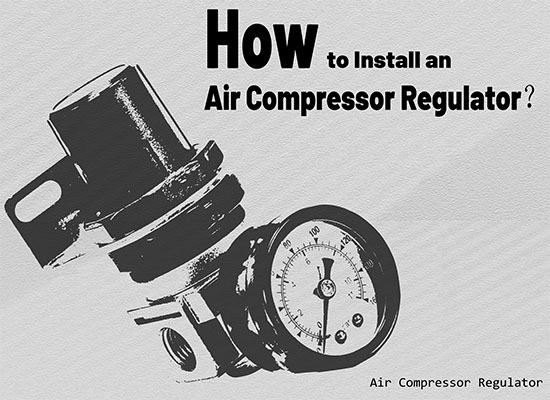
Mar 18, 2025 Blog
How to Install an Air Compressor Regulator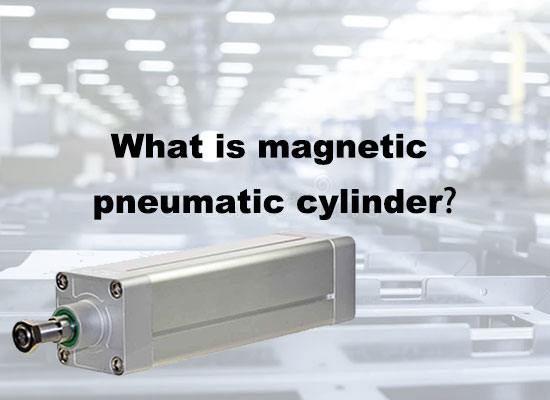
Mar 13, 2025 Blog
What is Magnetic Pneumatic Cylinders?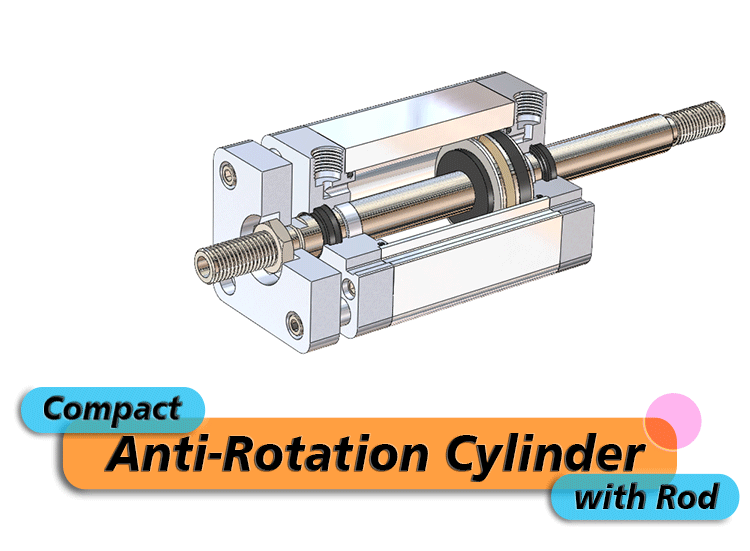
Mar 10, 2025 Blog
Compact Anti-Rotation Cylinder with Rod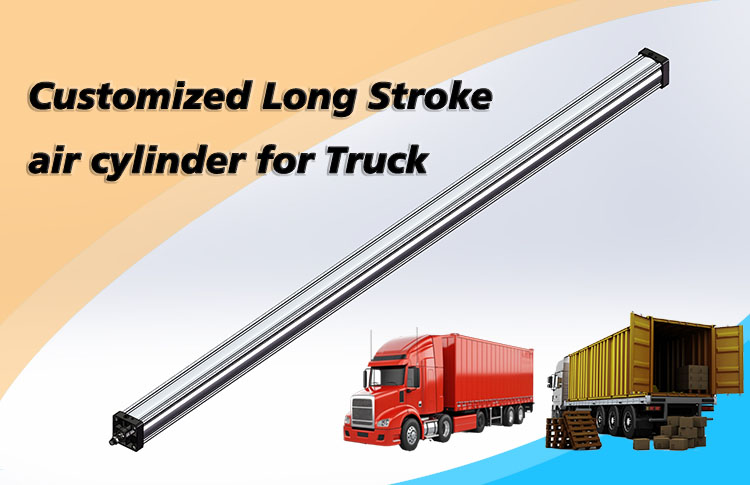
Mar 10, 2025 Blog
Customized Long Stroke Air Cylinder for Truck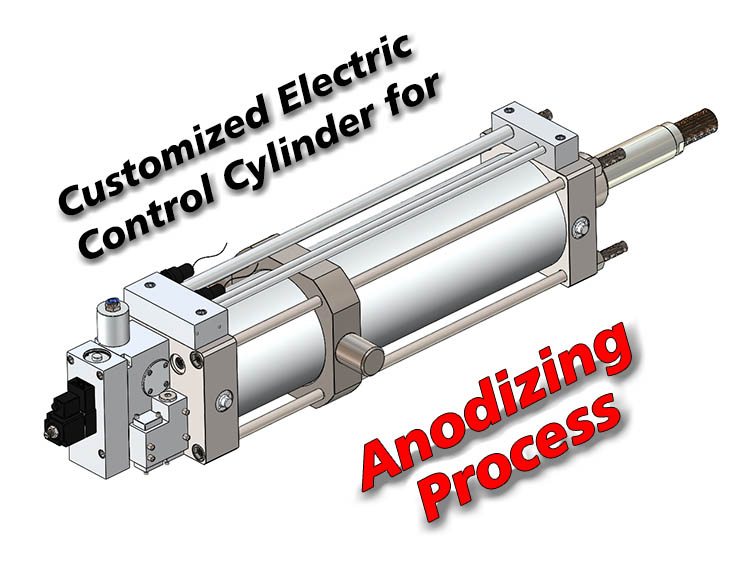
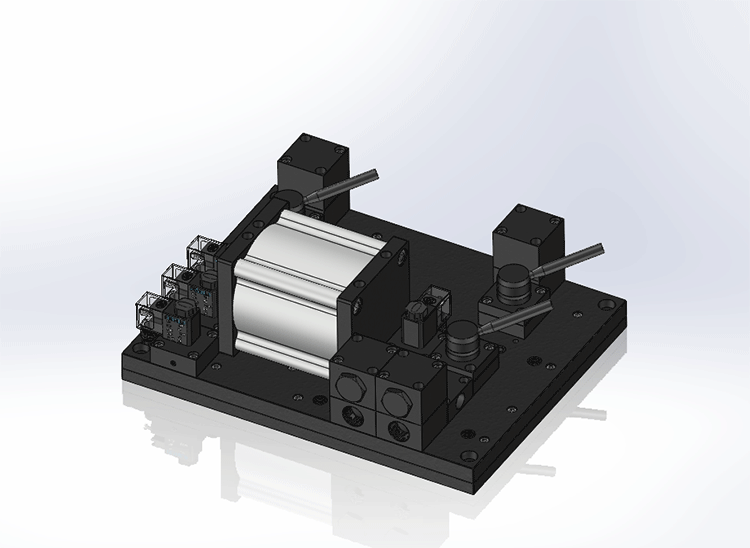
Mar 10, 2025 Blog
Customized Combination Manifold Valves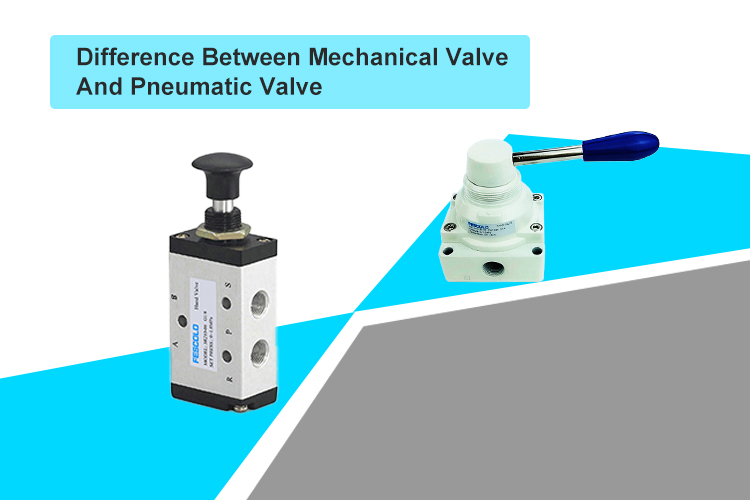
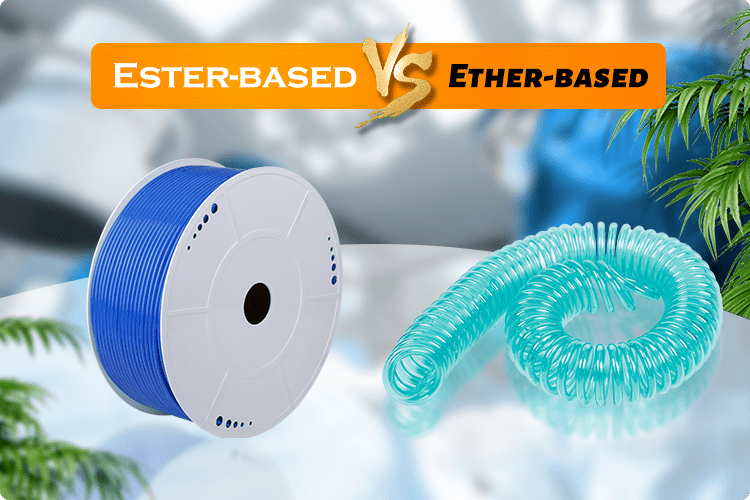
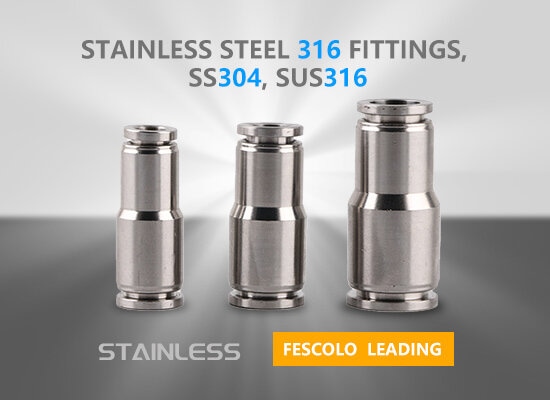
May 16, 2019 Blog
STAINLESS STEEL 316 FITTINGS, SS304, SUS316
May 03, 2018 Blog
Application Of Tube Fitting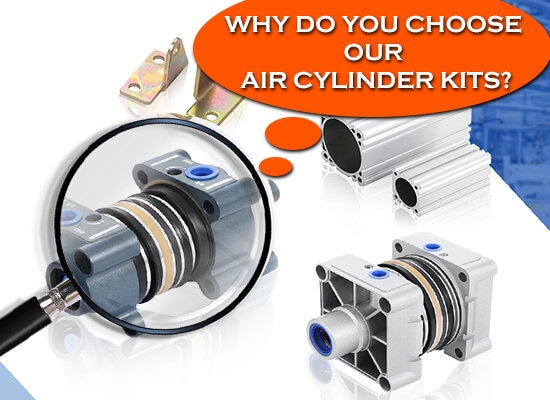
Jun 08, 2018 Blog
Why Do You Choose Our Air Cylinder kits?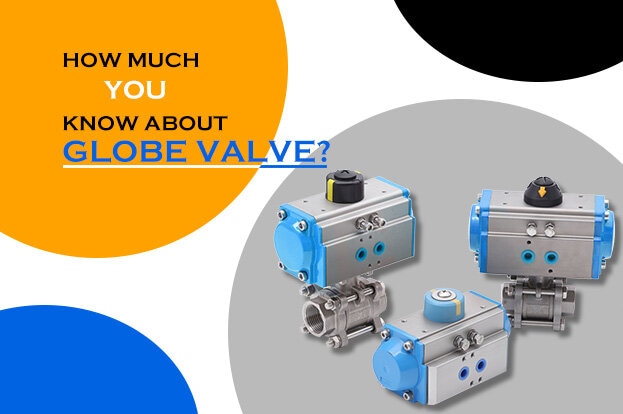
Feb 09, 2018 Blog
How much you know about globe valve?FOKCA ©1998-2025 Fescolo Pneumatic All Rights Reserved Sitemap